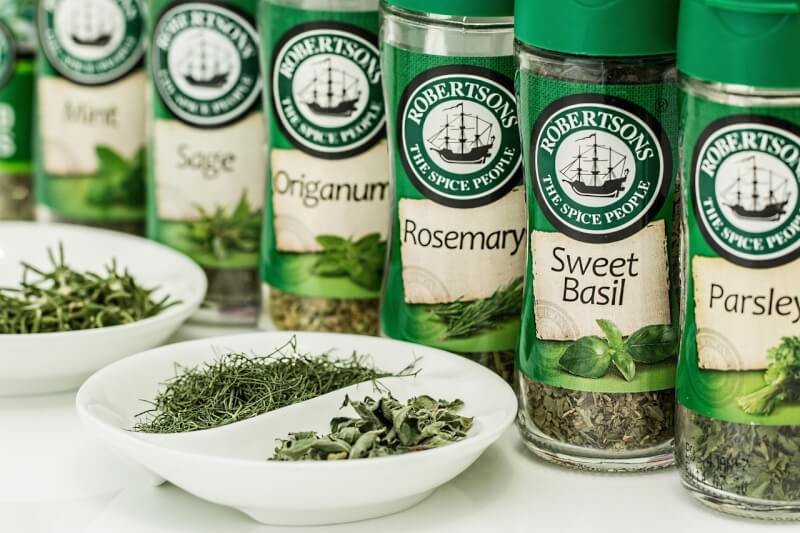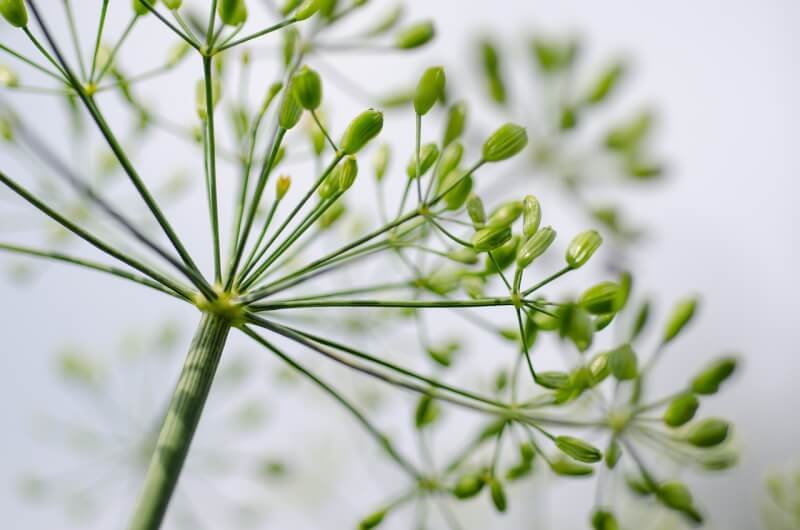When it comes to the kitchen, every chef knows the importance of having a trusty sidekick – a chef’s knife. This versatile tool is the go-to weapon for chopping, slicing, and dicing with ease. From mincing herbs to carving a succulent roast, a chef’s knife is an indispensable companion that can transform a mundane cooking experience into a culinary adventure. So, whether you’re a seasoned professional or a novice cook, understanding the purpose and power of a chef’s knife is key to unlocking your inner culinary genius. Get ready to slice through ingredients like a pro and elevate your kitchen game to new heights.

Versatility of a Chef’s Knife
All-Purpose Cutting Tool
A chef’s knife is a versatile tool that can be used for a wide variety of cutting tasks in the kitchen. Whether you are slicing, dicing, chopping, or mincing, a chef’s knife is the go-to tool that can handle it all. Its sharp and sturdy blade allows for smooth and efficient cuts, saving you time and effort in the kitchen.
Wide Range of Cutting Techniques
With a chef’s knife, you can utilize a wide range of cutting techniques to achieve different results in your food preparation. From delicate slicing techniques for precision cuts to more robust chopping and mincing techniques for breaking down ingredients, a chef’s knife gives you the flexibility to explore different cutting styles and techniques.
Suitable for Various Ingredients
Another advantage of a chef’s knife is its ability to handle a variety of ingredients with ease. Whether you are working with fruits, vegetables, meats, or even herbs, a chef’s knife’s sharp blade allows for clean and effortless cuts. Its versatility makes it a staple in both professional kitchens and home cooking.
Efficiency in Food Preparation
Speed and Precision
A chef’s knife is designed to provide both speed and precision in food preparation. Its sharp edge allows for quick and efficient cutting, reducing the time needed to prepare ingredients. Additionally, the blade’s precision enables you to achieve consistent and even cuts, ensuring that your dishes are cooked evenly and present beautifully.
Reduced Effort Required
The ergonomic design of a chef’s knife makes it comfortable to use and reduces the effort needed for cutting. The weight and balance of the knife allow for easy maneuverability, reducing strain on your hand and wrist during prolonged use. This not only enhances your overall cooking experience but also minimizes the risk of fatigue or injury.
Minimizes Food Waste
A chef’s knife’s efficiency in food preparation also extends to minimizing food waste. By using a chef’s knife, you can precisely control the amount of ingredients you need, leading to less waste. Additionally, the sharpness of the blade ensures clean cuts, reducing the likelihood of squashing or crushing ingredients and preserving their quality.
Professional Grade Performance
Balance and Control
One of the characteristics that set a chef’s knife apart from other knives is its balance and control. A well-designed chef’s knife is evenly balanced, allowing for superior control and precision while cutting. This balance enables you to guide the knife with ease and execute intricate cutting techniques accurately.
Sharpness and Durability
A chef’s knife’s performance relies heavily on its sharpness and durability. The high-quality materials used in its construction, such as stainless steel or carbon steel, ensure a razor-sharp edge that can withstand prolonged use without dulling. This sharpness not only improves the efficiency of cutting but also enhances the overall safety while using the knife.
Consistency and Reliability
In a professional kitchen, consistency and reliability are key factors in the performance of a chef’s knife. Chefs rely on these knives for their day-to-day tasks, and a well-maintained chef’s knife will provide consistent and reliable results. The knife’s ability to retain its sharpness, handle various cutting techniques, and withstand heavy use makes it an essential tool for professional chefs.
Primary Functions of a Chef’s Knife
Slicing and Dicing
The primary function of a chef’s knife is slicing and dicing ingredients. From slicing through cuts of meat to dicing vegetables for a stir-fry, a chef’s knife is the perfect tool for achieving precise and even cuts. Its long and sharp blade allows for smooth slicing motions, while its sturdy tip enables efficient dicing without squashing or tearing the ingredients.
Chopping and Mincing
When it comes to chopping and mincing, a chef’s knife’s versatility shines through. Its wide and flat blade provides ample space for chopping large quantities of ingredients, such as herbs or onions, with ease. Additionally, the curved edge of the blade allows for efficient mincing, where the knife’s rocking motion ensures finely minced ingredients.
Crushing and Smashing
In certain culinary techniques, such as crushing garlic or smashing herbs, a chef’s knife can be used to exert force and break down ingredients. By using the flat side of the blade or the heel of the knife, you can apply controlled pressure to crush or smash ingredients, releasing their flavors and aromas.

Glimpse into Chef’s Knife Anatomy
Blade
The blade of a chef’s knife is its most prominent feature. It is typically crafted from high-quality stainless steel or carbon steel, providing durability and sharpness. The blade’s length can vary, but it is usually around 8-10 inches long. A chef’s knife can have a straight or slightly curved edge, depending on personal preference and cutting techniques.
Handle
The handle of a chef’s knife is designed to provide a comfortable and secure grip while cutting. It is often made from wood, plastic, or composite materials. The shape and material of the handle vary among different knife brands, and it is essential to choose a chef’s knife with a handle that fits comfortably in your hand for optimal control.
Bolster
The bolster is the thick junction between the blade and the handle. It adds weight and balance to the knife and provides a safe transition from the blade to the handle. The bolster also acts as a protective guard, preventing your hand from slipping onto the blade while cutting.
Tang
The tang refers to the portion of the blade that extends into the handle. A full tang extends the entire length of the handle, providing maximum strength and stability. Some chef’s knives have a partial or half tang, which may compromise the knife’s balance and durability.
Improving Kitchen Safety
Reduced Risk of Injuries
Using a high-quality chef’s knife significantly reduces the risk of injuries in the kitchen. The sharpness of the blade allows for smooth and controlled cutting, minimizing the likelihood of slips or accidents. Additionally, the ergonomic design of the knife’s handle ensures a secure grip and reduces the strain on your hand, promoting safe and comfortable use.
Improved Grip and Control
A chef’s knife’s design, including its handle shape and material, is specifically crafted to provide optimal grip and control. The handle’s texture and shape allow you to maintain a firm hold on the knife, even when working with wet or slippery ingredients. This improved grip ensures efficient and precise cutting without compromising safety.

Choosing the Right Chef’s Knife
Consider the Blade Material
When choosing a chef’s knife, consider the blade material that suits your needs. Stainless steel blades are resistant to corrosion and require minimal maintenance, making them a popular choice. However, carbon steel blades offer exceptional sharpness and edge retention, although they require regular maintenance to prevent rust.
Evaluate the Blade Length
The blade length is an essential aspect to consider when choosing a chef’s knife. A longer blade, such as 8-10 inches, provides versatility for a range of cutting tasks, including slicing and chopping. A shorter blade, around 6 inches, offers more maneuverability and control, making it ideal for precise cutting and smaller ingredients.
Weight and Balance
The weight and balance of a chef’s knife greatly affect its performance and user experience. A well-balanced knife ensures comfort and control during cutting tasks. It is recommended to hold the knife before purchasing to assess its weight and balance, as personal preference may vary.
Handle Comfort and Grip
The handle of a chef’s knife plays a significant role in providing comfort and maintaining a secure grip. Consider the handle material, shape, and texture to ensure that it fits comfortably in your hand and offers a non-slip grip. The size of your hand and your cutting style should also be taken into account when choosing a chef’s knife handle.
Proper Handling and Care
Correct Holding Techniques
To maximize your efficiency and safety while using a chef’s knife, it is essential to learn and practice proper holding techniques. The most common technique is a pinch grip, where you hold the blade’s base between your thumb and index finger, while the remaining three fingers grasp the handle. This grip allows for maximum control and precision during cutting.
Sharpening and Honing
To maintain the sharpness of your chef’s knife, regular sharpening and honing are necessary. Honing should be done frequently, using a honing steel, to realign the blade’s edge. Sharpening, on the other hand, involves removing a small amount of the blade’s metal to create a new edge. Sharpening can be done using a sharpening stone or a professional sharpening service.
Cleaning and Maintenance
Proper cleaning and maintenance are crucial for preserving the performance and longevity of a chef’s knife. After each use, wash the knife by hand with mild soap and warm water, and dry it thoroughly to prevent rust. Avoid using harsh abrasives or dishwasher for cleaning, as these can damage the blade and handle. Regular oiling of wooden handles can help maintain their appearance and prevent drying or cracking.

Beyond the Chef’s Knife
Specialized Knives for Specific Tasks
While a chef’s knife is a versatile tool, there are specialized knives available for specific kitchen tasks. For example, a serrated bread knife is ideal for slicing through crusty bread without crushing it. A boning knife is designed for removing bones from meat or fish, while a cleaver excels at cutting through bones and tough ingredients. These specialized knives can complement your chef’s knife and enhance your culinary skills.
Supplementing with Paring and Utility Knives
In addition to specialized knives, paring and utility knives can be valuable additions to your kitchen arsenal. Paring knives are smaller in size and mainly used for intricate tasks such as peeling, trimming, or deveining. Utility knives, on the other hand, serve as versatile tools for miscellaneous cutting tasks, such as trimming fat or slicing small fruits and vegetables.
Conclusion
A chef’s knife is a versatile and essential tool in any kitchen. Its ability to handle a wide range of cutting tasks, provide efficiency in food preparation, deliver professional-grade performance, and improve kitchen safety makes it a must-have for home cooks and professional chefs alike. By investing in a high-quality chef’s knife, understanding its anatomy, and practicing proper handling and care, you can elevate your culinary skills and enjoy a more enjoyable cooking experience. Remember to choose a knife that suits your needs, practice proper techniques, and explore the world of specialized and supplementary knives to enhance your culinary repertoire.



